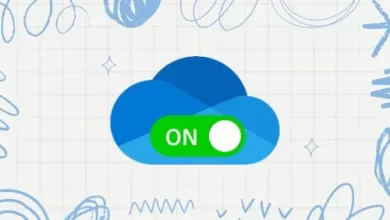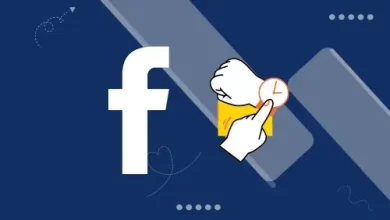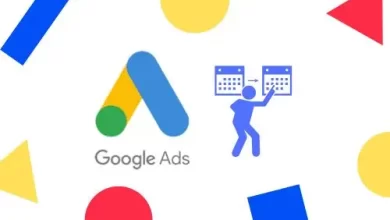7 elements of an effective inbound marketing strategy
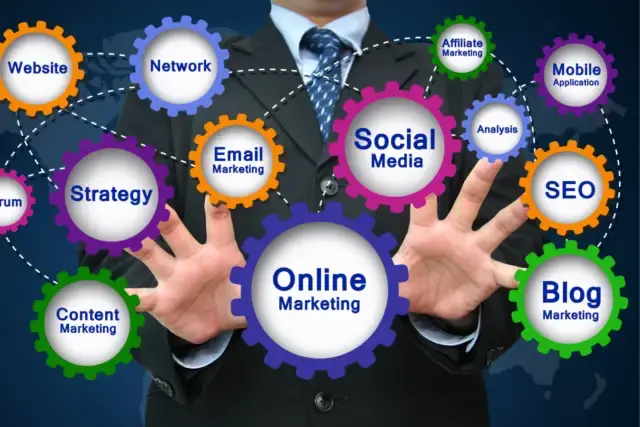
The first time I came across the term ‘Inbound Marketing’, I expected it to be a techy subject, and ultimately I was reluctant to learn about it. However, I sidelined my fears and began to study about it. To my surprise, I realized how important it was for digital marketers and businesses to study this subject in depth.
Before the year 2005, the term inbound marketing never existed.
However, in the year 2005, Hubsport Co-founder and CEO, Brian Haligan, noticed that the changes in the online space always had an influence in the marketing world. He set out and successfully constructed a methodology that enabled businesses all around the world to create engaging content. Content, that was designed to mass target a specific audience. The kind of content, which seemed attractive and alluring to masses all around the world.
Ever since then, this marketing methodology has helped millions of businesses all over the world to survive the ever-changing digital space.
In this blog post, I will show you 7 elements that make an effective inbound marketing strategy and how you can apply them to increase your ROI. So without further ado, let us dive into it.

1. Search Engine Optimization (SEO)
You may have heard people mention the word SEO, but what does it really mean?
SEO, is the process of improving all aspect of a website, both on-page and off-page. The main purpose of using SEO is to meet Google and other Search Engine standards and requirements for ranking high on the Search Engine Result Page (SERP).
SEO is an important aspect of an effective inbound marketing strategy. The reason for connects ultimately to the fact that having good content on your website is not enough to attract the right kind of audience. There are other requirements that you might need to factor in as well to have a good website.
Good knowledge of SEO will not only attract the right people to your site, but they will also be responding to your call-to-action (CTA).
2. Invest in SEM
Search Engine Marketing (SEM) is the process of paying Google or other Search Engines a specific amount. By doing so, our website content ranks at the top of the search engine result page (SERP).
With SEO, it takes a long time to yield results and you may not have full control over some aspects of it. Like the Offsite SEO, that involves the website response time etc. However, with SEM, the whole process of ranking on the top becomes a whole lot easier to achieve. You can launch your content today and you can see results even if some parts of your SEO are not in place.
That seems promising, doesn’t it?
Now, don’t get me wrong, I’m not implying that SEM is better than SEO, or SEO is better than SEM. However, if you make good use of both of these simultaneously, you will observe you SEM yielding way better results.
Just imagine visitors coming to your site for the first time, and your site is not optimized for mobile viewers; of course, you will lose them to another webpage that is optimized for the type of devices they use.

3. Publish High Quality Content
If the core of inbound marketing is to attract the right people using any kind of content, then it is crucial that businesses only publish the content (blogs, eBooks, video etc.) that is of extraordinary quality.
Did you know that people see you in the content you dish out onto the internet? Oh, yes! People will first have a perception of how your services or products will perform by the quality of content you publish. So, putting out video with a low definition quality will give an impression to the market that you are mediocre and don’t take your work much seriously. No one wants to buy an average performing service or product.
My mentor always says, “Remember that you are your content, and your content is you”.
In a world where there are millions of people selling what you are selling, you must seek out ways to give be unique. This is one of the ways to stand out.
4. Create Content with Purpose
One of the things you can do to attract the right kind of people, is to create content that specifically targets to solve problems or challenges that people in your industry are facing. One way to familiarize you with their challenges is to join several groups on social media and try to ask people questions about the problems they might be facing.

One more thing you could do is checkout your webpage comment box occasionally, for questions on your published articles, and even on the comments on YouTube. That is where the people pour out their heart on what troubles them.
Once you know peoples queries and the challenges they face, put out content that solves their problems. Doing this will increase your organic traffic, and you’ll end up lending a helping hand to those stuck in their problems. Two birds with one stone!
5. Treasure Social Media
Social media has become a home for many people. It is a powerful too that can convey your service and your product to the right audience. Social media is merely a source of entertainment unless you make it a platform where you can interact with people professionally. For you to take better advantage of this platform, you have to be on all social media platforms and be an active member of your industry group. Ask questions, answer people’s questions, and create a blog to solve issues and various problems that people are facing.
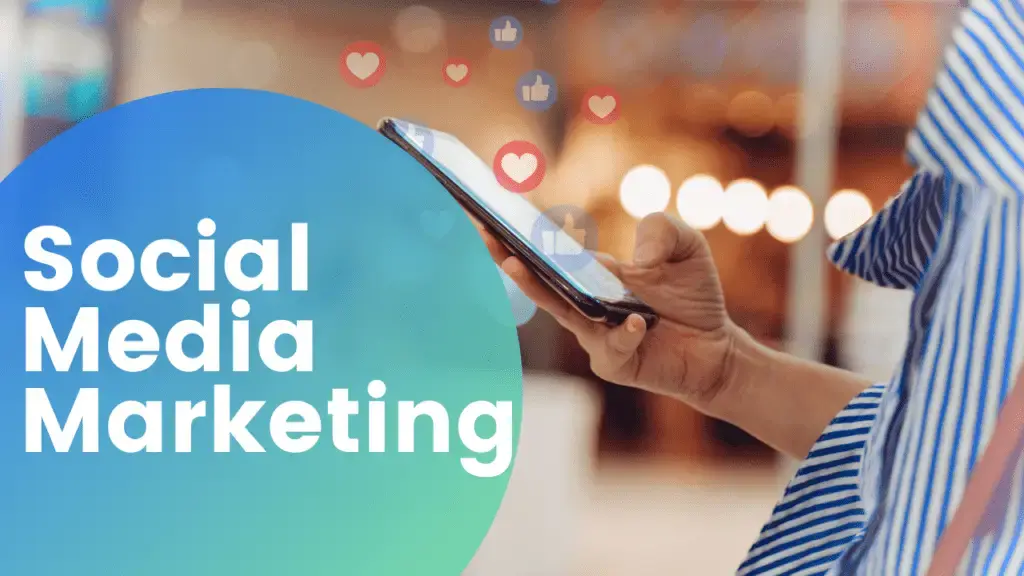
As you do this, you increase your credibility and people will perceive you as an authentic source. Once you maintain that kind of credibility, it is easy from there. People will visit your blog and page more frequently and see you as a source they can reply on.
6. Design a Landing Page
Personal information such as email addresses of visitors are a very crucial piece of data. Because, that is the only way you can reach out to them when they are off your site.
An effective way to acquire personal information is through a landing page. A lading page dedicates to give a particular value in exchange of some personal information. For example, if I want to get the email of visitors, I design a landing page dedicated to helping them solve an issue through a video tutorial. However, they can only access this video by singing up for it. That is the exchange; you give out a value for vital information that would not have been given easily.
So take out time to create a good landing page with a clear call-to-action (CTA). A good landing page is usually one call-to-action (CTA) per landing page.
7. Make your content diverse
It is wise to know that not all visitors to your blog like to read what you are offering them. So, make content for visitors of different taste and feel. Always remember that some people love graphic content while others love video content.
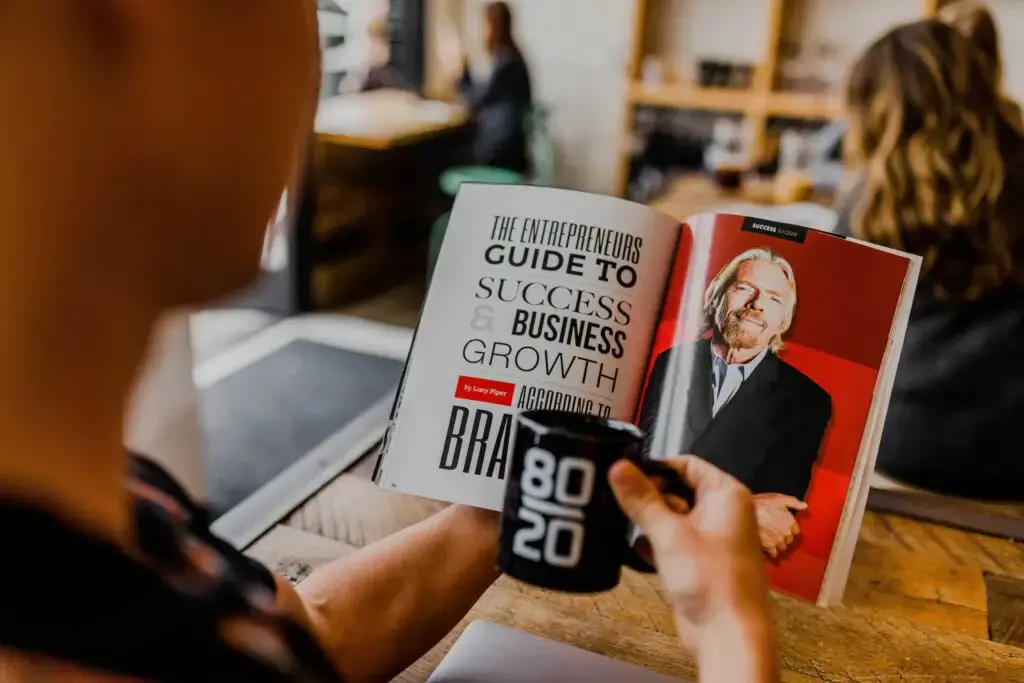
It’s advisable to repurpose your highly performing content, especially the one that brought you high organic traffic. Do this by picking out a vital part of it, which you can use further for content of another form. For example, pick a highly performing blog post. Repurpose it into a video to satisfy the taste and feel of visitors who love video contents.
Repurposing your content is a crucial aspect of a successful inbound marketing strategy that will enable you reach out to a wide variety of audience with different impression.
Conclusion
It’s important to know that, investing your time to this type of marketing strategy is one that will pay you handsomely. You can be sure that if you make use of these 7 elements of inbound marketing, you are going to get high organic traffic in a short time and high return on investment (ROI). You won’t regret giving this a try.
To Read about website ranking, click Here


